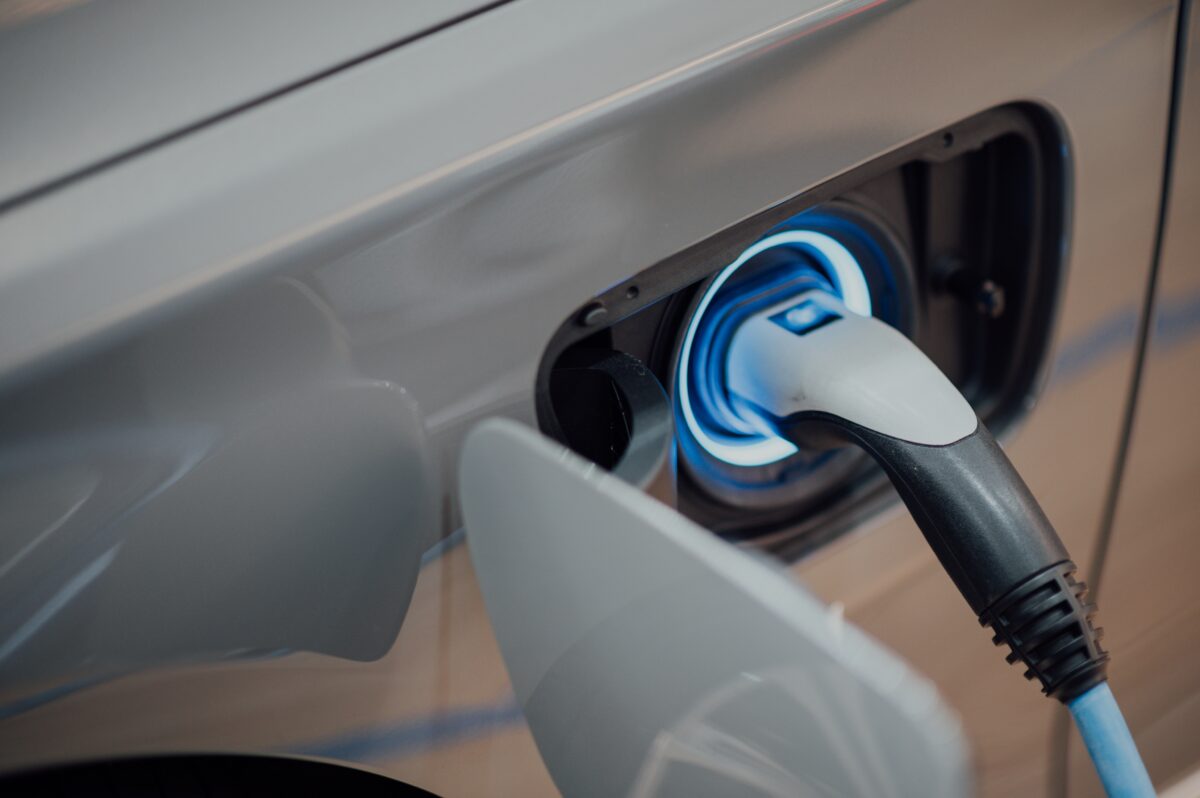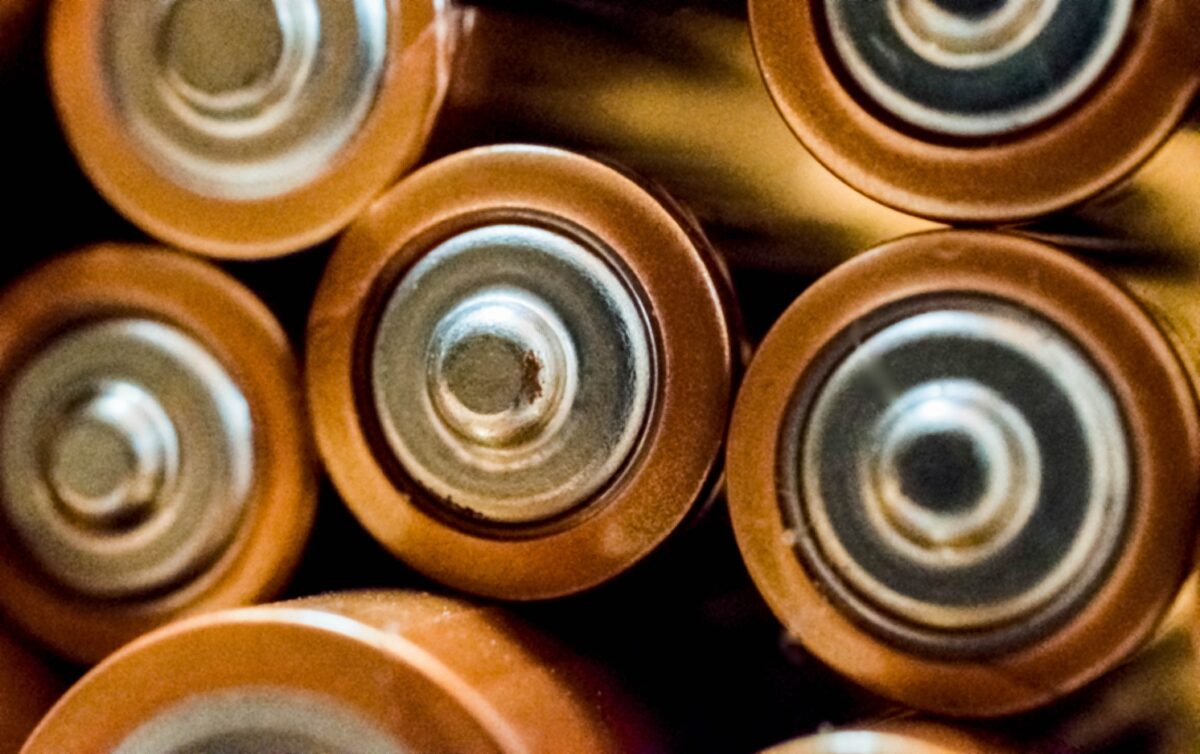A brief history
Batteries were first invented long before electricity was even discovered in the 1700s. Around the 1900s the first iterations of what would become modern batteries began to appear. Since then, the tech going into them has improved dramatically, and other battery types are also in development.
Commonly used battery types
Lithium batteries are currently the most widely used type. These are the most common for consumers to purchase, and come in AA, AAA, or 9V sizes. The cheaper alternative in commercial sizes is alkaline batteries. Both types are disposable, but lithium ones last much longer.
Silver oxide batteries usually come in button form, the kind that are used for watches and smaller devices. Silver is an expensive material to use, hence why it’s only used for these smaller-size batteries. For hearing aids, the battery of choice is zinc air. These react with the air, so require a small tab to be removed for them to function.
Nickel-cadmium (NiCd) and Nickel-metal hydride are just a couple of the other battery types available on the market. Another ubiquitous kind of battery is the Lithium-ion (Li-ion). These are in most of your gadgets: phones, laptops, and other portable electronic devices.
Thanks to its low maintenance and high energy density it is usually chosen over other types of batteries like nickel-cadmium.
The rise of EVs and batteries
Li-ion batteries are commonly used in Electronic Vehicles (EVs) too. As the market for EVs increases at an exponential rate, the low maintenance li-ion batteries are a favourite among manufacturers. Companies predict li-ions will be the dominant technology for the foreseeable future, and the price was falling until last year.
NCM, made up of Lithium, nickel, cobalt and manganese, and NCA (nickel, cobalt and aluminium) are two current alternatives for Li-ion batteries.
But now, Lithium prices are increasing, and so are the prices of cobalt. Since Li-ion batteries and their alternatives have both elements included, the search is on for a cost-friendly environmentally conscious replacement.
One alternative that seems to be rising to the surface is the sodium-ion battery (Na-ion). As one of the most abundant elements on earth it is significantly cheaper and is easy to extract. Na-ion batteries can also be fully discharged, so there is no risk associated with transporting them.
Return of LFP
But Na-ion is not the only tech on the rise. Some EV companies have started using cobalt-free iron-phosphate (LFP) batteries, and are planning on increasing this amount going forward. The reason behind the usage could be to avoid the use of nickel and cobalt while there are supply issues.
LFP batteries first came about in the mid-90s, however early iterations were difficult to charge and had heat issues. Disposal was also an issue, which meant in the early years these types weren’t frequently used.
Efficiency is a sticking point when compared to li-ion, but they have improved enough for use in shorter-range vehicles.
Battery tech for the future
There are many different types of battery tech currently in development. This may end up being essential thanks to the finite nature of some materials currently used.
Some types also require lithium, like the new generation li-ion and lithium-sulfur batteries. Others, however, do not require lithium. Other varieties like zinc-manganese oxide, organosilicon electrolyte, gold nanowire gel and TankTwo String Cell batteries are also potential future technologies.
The need for high power density and longevity will only increase in the future as EVs become more widespread. Eventually irreplaceable materials could also become scarce. It is predicted that by the end of the decade many more battery plants will open to accommodate this.
Shipping costs are also an issue, so reducing the need for exports, and avoiding reliance on other countries, is imperative.
Disclaimer
This blog is purely informational and is in no way intended to advise on battery types.



